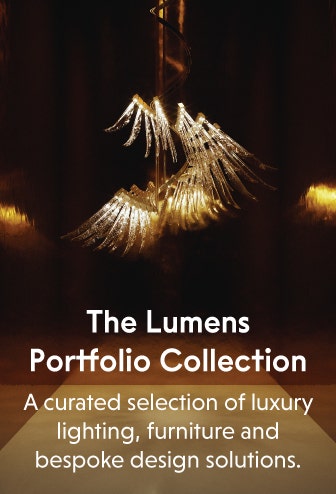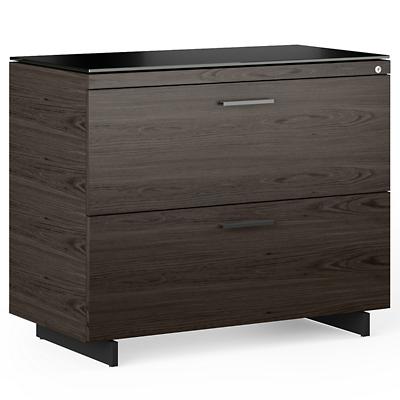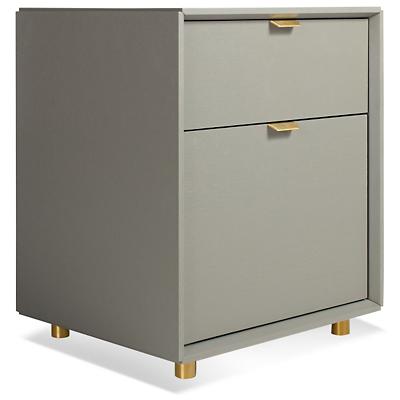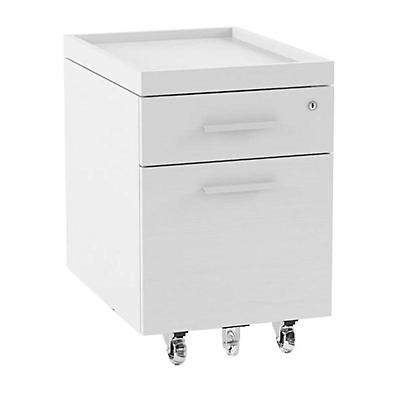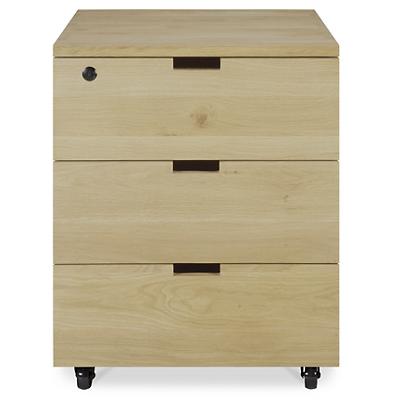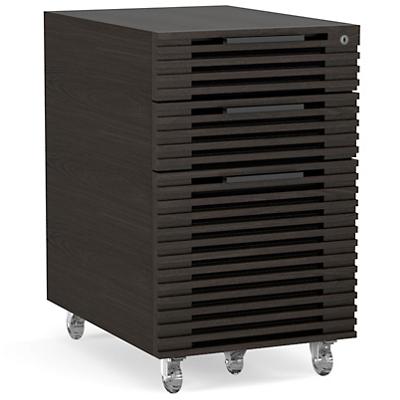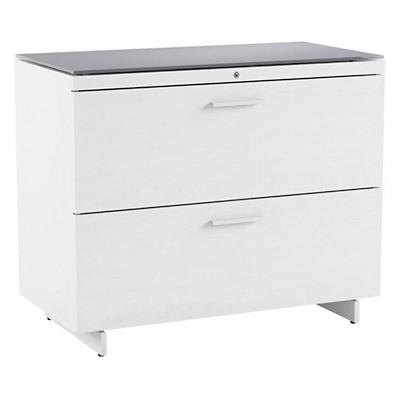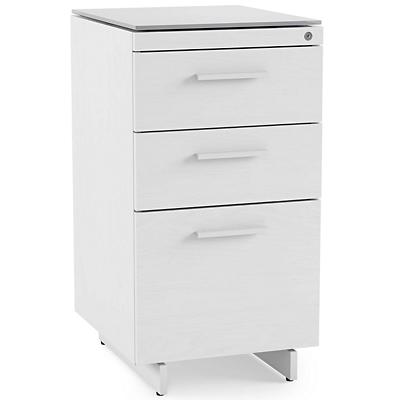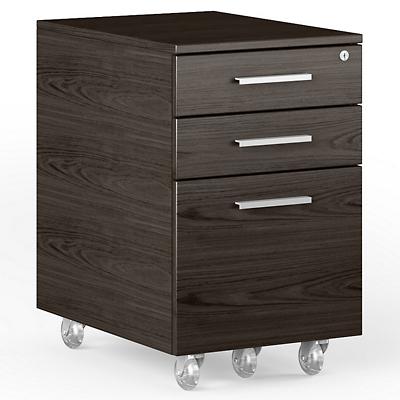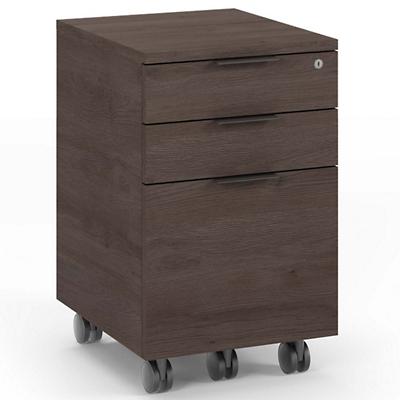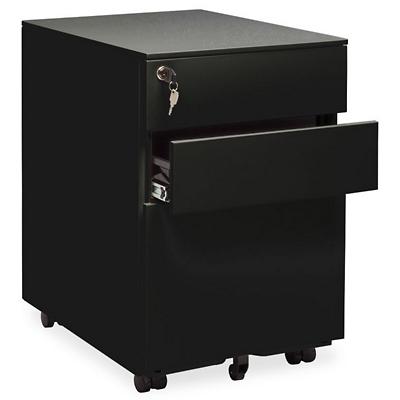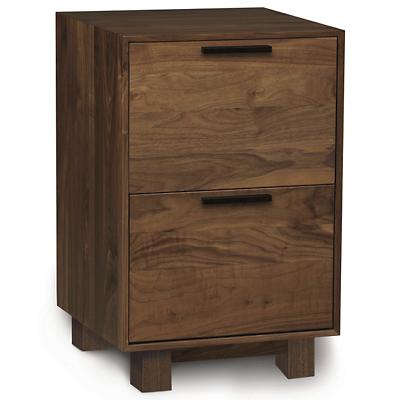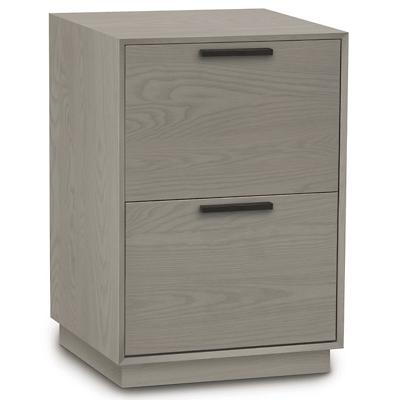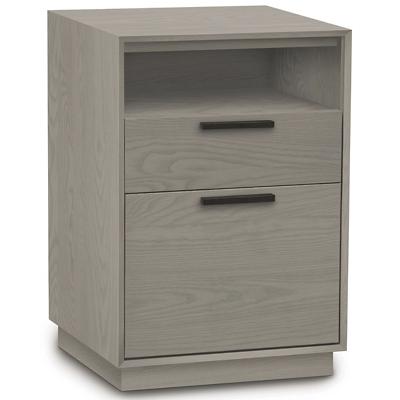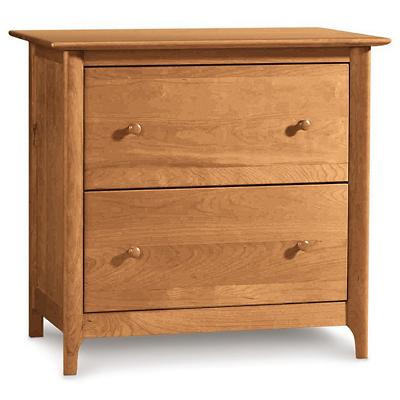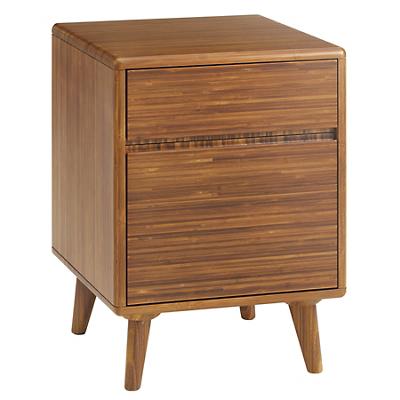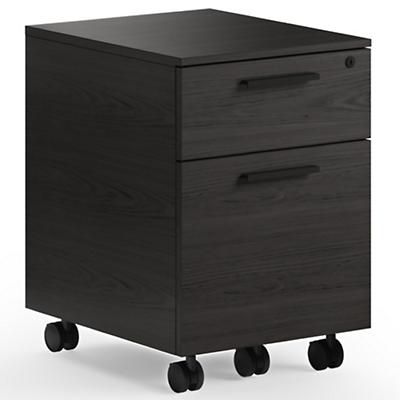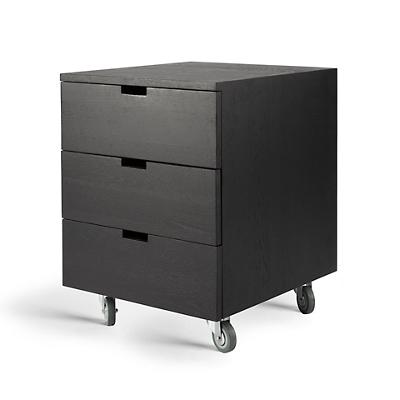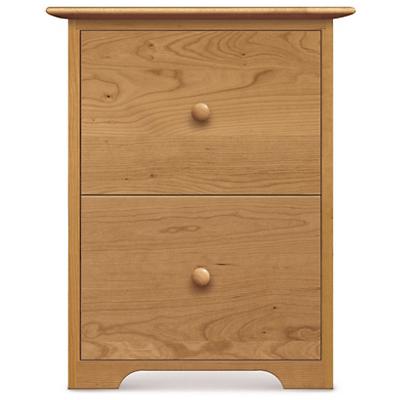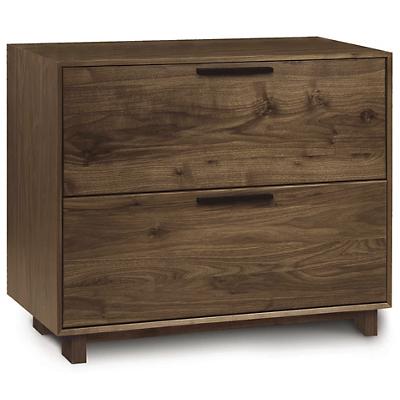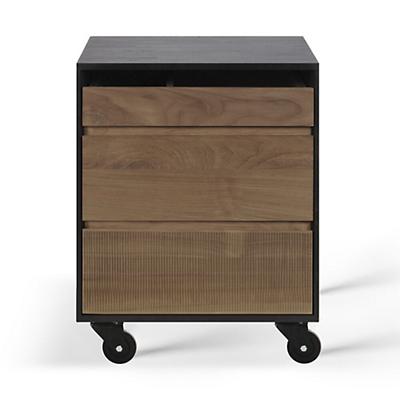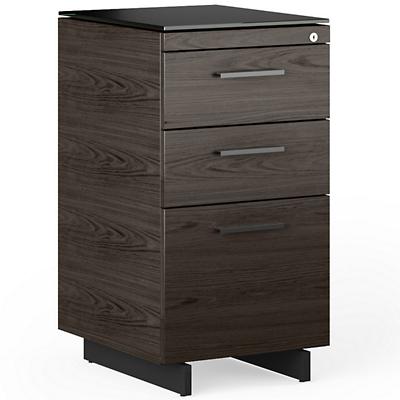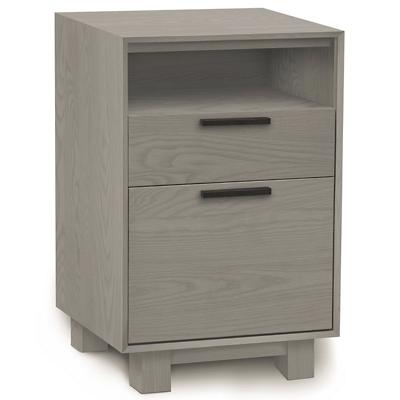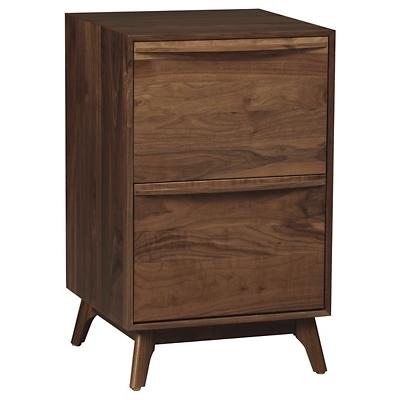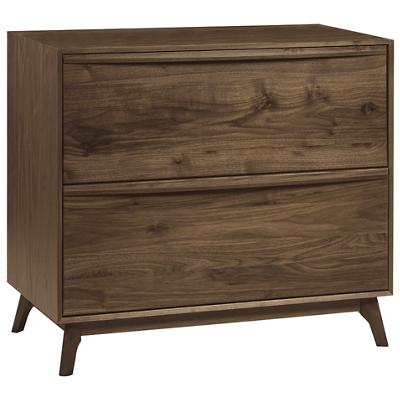-
isproducttileimage https://images.lumens.com/is/image/Lumens/BDIP371452_alt22?$Lumens.com-PRP-large$Finish$1,399 - $1,549(1)Color$699 - $880$949Color$1,559 - $1,909isproducttileimage https://images.lumens.com/is/image/Lumens/BDIP534773_alt02?$Lumens.com-PRP-large$Finish$1,099
New
$1,799$1,199New
isproducttileimage https://images.lumens.com/is/image/Lumens/BDIP534603_alt09?$Lumens.com-PRP-large$Finish$799New
Finish$799New
Color$330(9)Finish$2,144 - $2,822Finish$1,979Finish$1,902Finish$1,747 - $1,921$712Finish$799New
isproducttileimage https://images.lumens.com/is/image/Lumens/ETHP375258_alt01?$Lumens.com-PRP-large$$1,839isproducttileimage https://images.lumens.com/is/image/Lumens/CPFP242741_alt01?$Lumens.com-PRP-large$Finish$1,636 - $1,800Finish$2,596$1,479Accent Color$949New
Finish$2,138Why We Love Filing Cabinets
Every home has important papers—bills, certificates and other documents requiring careful storage. Modern filing cabinets make storage effortless and aesthetically appealing, tucking your sensitive materials away in a safe place that blends well with the rest of your home's décor. So many styles and colors of filing cabinets offer visually enticing variety as compared to the stark options of long ago. Contemporary filing cabinets deliver compact and convenient capabilities with occasional bonus elements like printer storage or wheeled feet for effortless portability. Ditch the plastic file box and add a classy touch to your home office with attractive filing cabinets.
Where Filing Cabinets Work Best
Different rooms in the home tend to collect paperwork if we aren't careful. Mail piles up and documents need to be safely stowed. The home office setting tends to be the ideal place for your contemporary filing cabinets. Slide a file cabinet under the desk or place a pair of office file cabinets on either side of your credenza. If you need even more filing space, consider placing storage filing cabinets in your basement or your attic. You can even put a filing cabinet inside a large closet where it is conveniently accessible yet out of sight, out of mind.
A File Cabinet for Every Style
No matter if you like your office file cabinets to blend in or stand out, you can find a great choice to suit your style. Look into both wood and metal filing cabinets of single or double width to ensure your important documents are always stored safely. Consider BDI Furniture for an assortment of sleek, office-ready designs boasting appealing details such as a micro-etched glass-top surface or rolling, locking casters for movable storage. Blu Dot offers clean lines and an array of hues to complement any existing color scheme.
Choosing the Best Filing Cabinets
Most modern filing cabinets allow for the storage of letter and legal-sized documents. For best results, check the overall size of the filing cabinet and compare it with your existing furniture and any available space where you intend to put it. Most storage filing cabinets are designed to slide under a desk, printer table or other convenient location. As far as aesthetics go, consider whether you prefer a wood-tone or metal exterior. You should also determine how much storage you really need and plan accordingly, choosing a cabinet with one, two or even three drawers. Contemporary filing cabinets often come with a lock and key, so be sure to check that specification as well, if it is important to you. If you have any questions about the file cabinets featured here, please call our furniture experts at 877.445.4486.
Other Considerations
If you like the way office filing cabinets improve your home office setting, consider finding additional ways to organize your home and your life. A selection of beautiful modern desks offers plenty of options to help you pair your filing cabinets for optimal storage and flow. Modern office shelving and storage options can make life simpler with a stylish twist. Credenzas offer even more storage for the home office, typically with plenty of surface work space as well. And finalize your office space with a comfortable and ergonomic task chair.
Cat ID : 585
Modern Filing Cabinets
24 Results
24 Results
Filter
Filter Results
